For centuries wine has been used to celebrate religious -as well as secular- important events in different cultural traditions. Wine’s connection with Jewish culture reaches back 5,000 years and it has always held a place of significance in Jewish celebrations.
While it is said that the righteous is to abstain from excess and overindulgence, wine is definitely considered a beverage of spiritual significance, reserved for holy and special occasions.
Early rabbis recognized wine’s unique qualities, thus incorporated it into Jewish ceremonies, such as Passover Seder and Purim. Used for kiddush and havdallah on Shabbat, while many mitzvot are accompanied by a cup of wine. Blessings are recited on a cup of wine beneath the chupah (wedding canopy), at a circumcision, at a Pidyon Haben (the “Redemption of a Firstborn Son”).
In fact, every sacrifice offered in the Holy Temple was accompanied by an offering of wine, sanctified as “king of beverages” with a special blessing: the Hagafen.
The grapevine -together with the olive tree- was one of the most valuable gifts of nature in ancient Palestine and held much poetic and symbolic significance in the Old Testament.
Grapes were developed in Mesopotamia and the Middle East and grew abundantly; The Bible and The Torah give mention of Noah as the one who planted the first vineyards.
The Greeks and Romans are historically recognized for the use and appreciation of wine and credited for the consequential spreading and cultivation of grapes; a tradition that was initially inherited from their worshipping of Dionysus and Bacchus, which they continued even after losing their faith. The Romans were also responsible for refusing the Jewish believers the right of planting their vineyards after the destruction of their Second Temple. Banned from their homeland, they were forced to find other lands and economic means to survive; planting of vineyards and winemaking in Palestine did not begin its rebirth until the mid-19th century.
So it’s not surprising to discover such an abundance of wine/grape/vine motifs in various items available on the market, related to the Jewish tradition, all reminiscent of such ancient connection between wine culture and Judaism.
L’chaim!




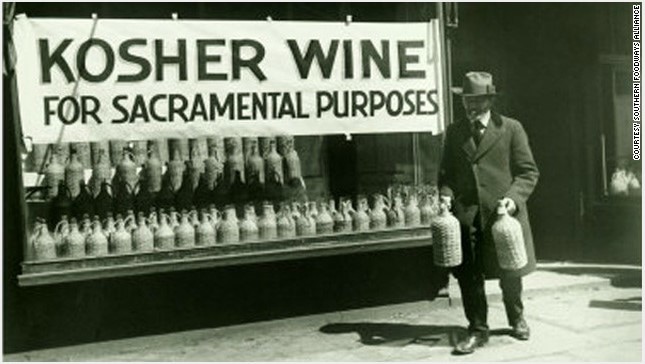



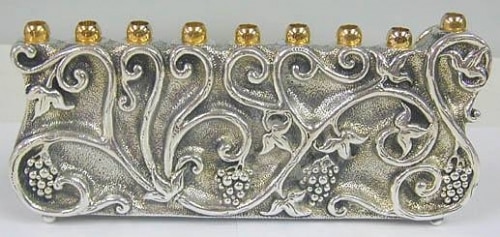
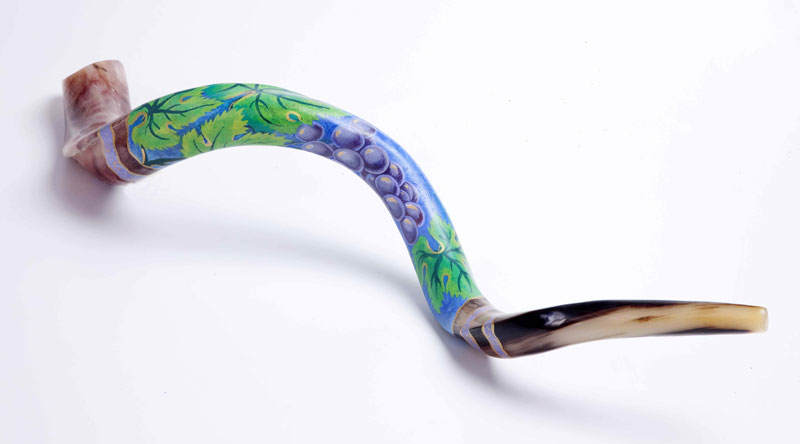




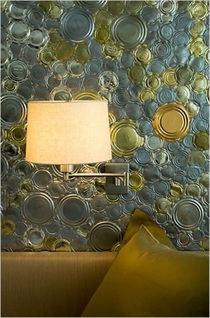
















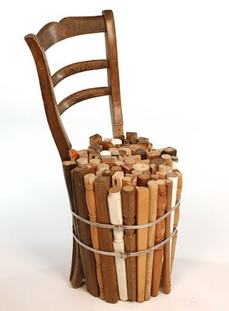







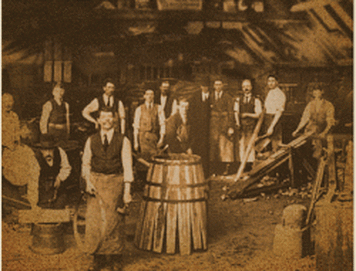

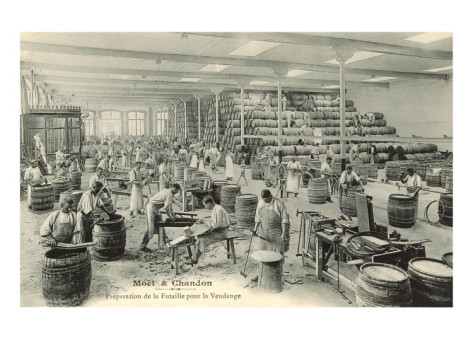







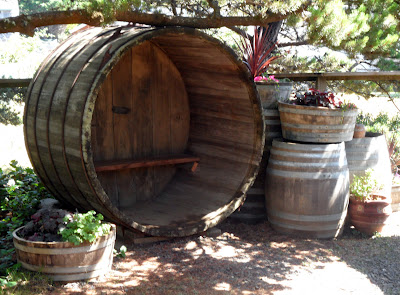
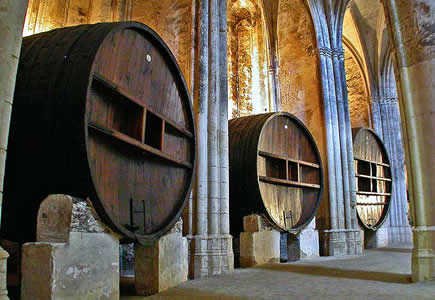



 RSS Feed
RSS Feed